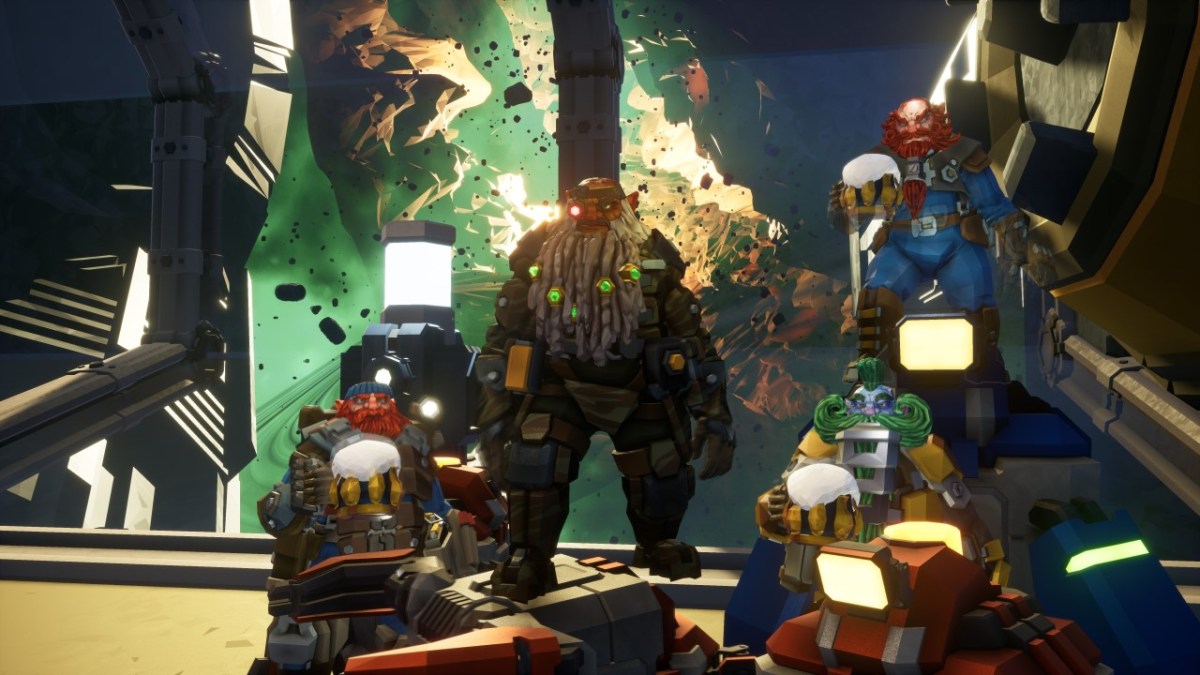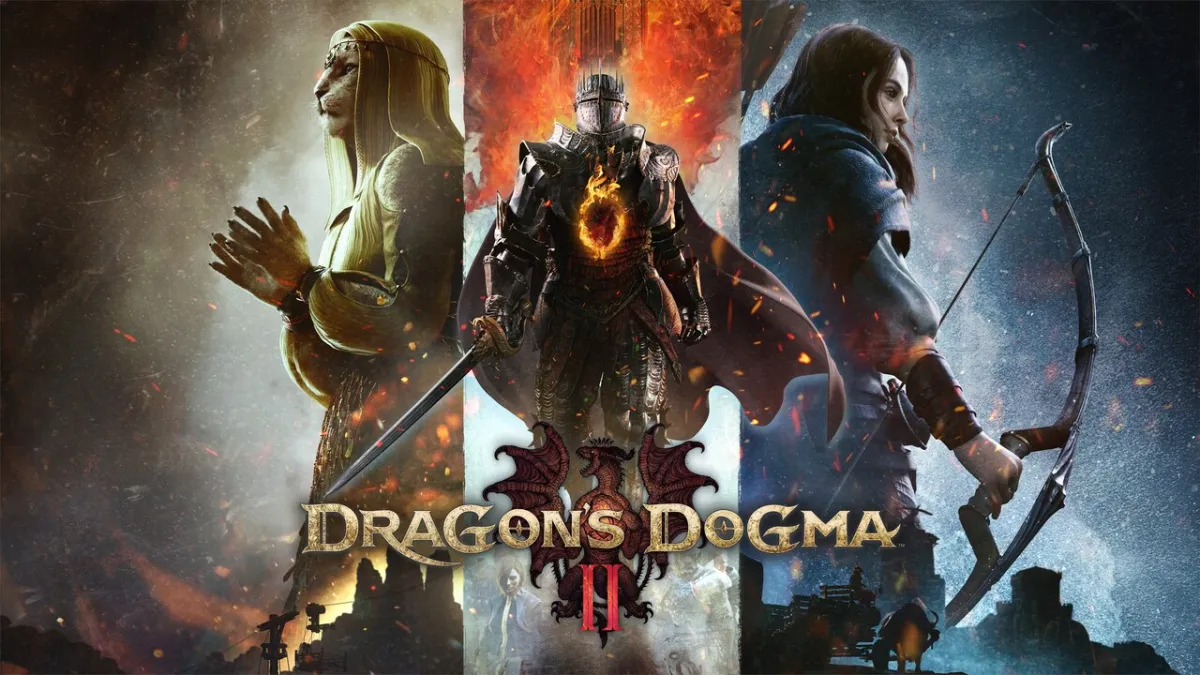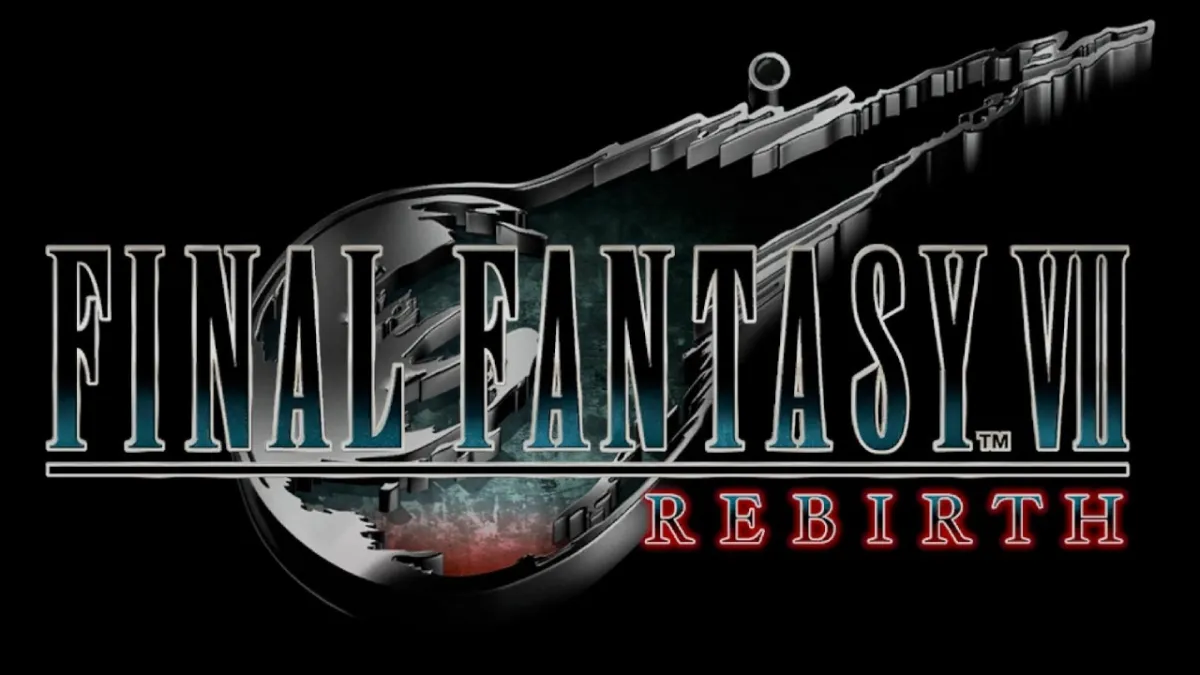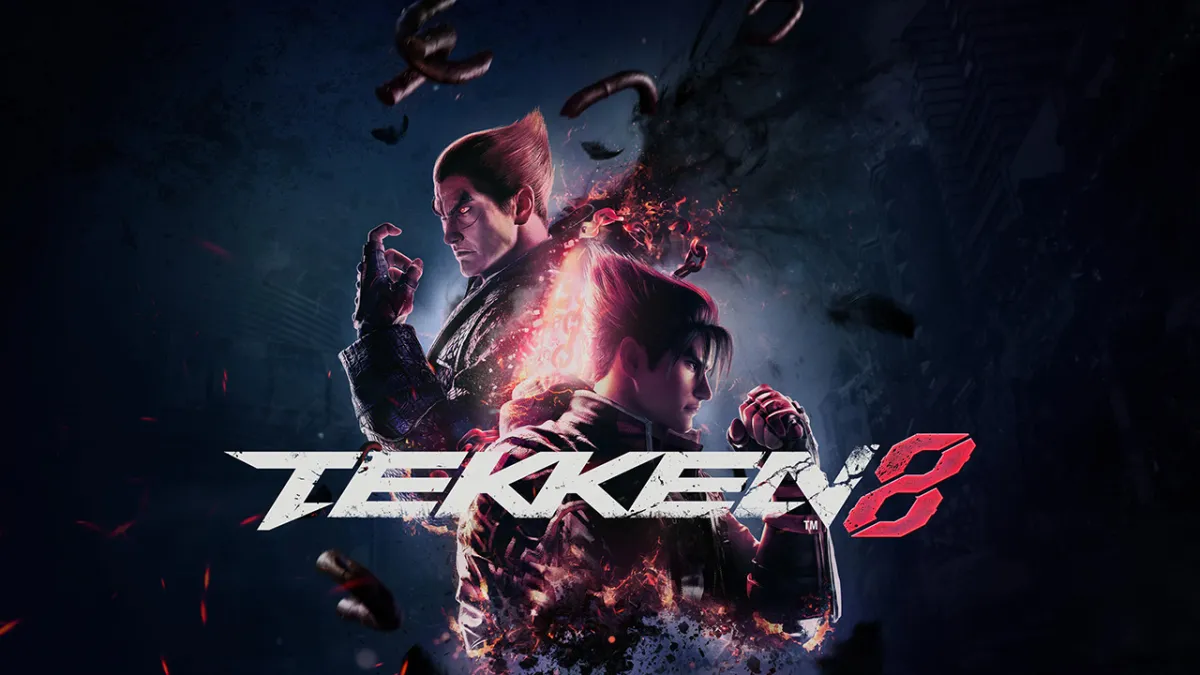If you were to merge the hordes and combat from Left 4 Dead with the underground mining of, well, Minecraft you’d end up with Deep Rock Galactic, a game featuring space-Dwarves, hazardous work conditions, and a cast of deadly bugs that could feature in a Starship Troopers spin-off.
Don’t just take my work for it: in a recent Reddit AMA Ghost Ship Games Founder and Lead Programmer Jonas Møller stated those two games were what inspired the developers to create the game in the first place. It’s a strange yet sensible mix on paper that ultimately comes together to create what is perhaps one of the best cooperative games I’ve played in recent years.

Down, down to Glyphid Town
Deep Rock Galactic is a cooperative first-person shooter set in a future where Dwarves carve out their fortunes and glories by mining deep space planets for profit-obsessed companies till there is nothing left. The titular Deep Rock Galactic is one such endeavor, and despite their “Leave no dwarf behind” mantra, they are more than happy to abandon their employees if it means they get to reap the riches they dug up. You play as one of four classes – the Scout, Engineer, Gunner, or Driller – and it’s your job to burrow into the alien world of Hoxxes IV for minerals and glory.
Deep Rock Galactic can be a bit intimidating initially. After a brief tutorial you are plopped within the sizable space-station that acts as the game’s hub with nary a clue how things work. The gaggle of various screens and menus for you to poke your nose into, the Abyss Bar with its stat-boosting beers, and all the other options on offer can be overwhelming to new “Greenbeards”. Thankfully, the developers at Ghost Ship Games were aware of this conundrum, and designed the first tutorial “assignment” (quests in Deep Rock Galactic) in such a way that it introduces you to the various game modes and biomes littering the game. They also baked in a helpful and sleek Miner’s Guide within the main menu that lays everything bare. Still, the introduction can prove off-putting to newer players eager to simply jump into their first cooperative dive.
It is a somewhat rocky start, but once you board the drop pod and plummet down to Hoxxes IV for the first time you’ll find the core loop is surprisingly simple, yet engaging: mine minerals, and make it back home alive. The game can be played either solo or in coop, with both private and public options available. Surprisingly (at least, for this day and age), Deep Rock Galactic uses a lobby system for matchmaking. While you can always select Quick Join you’re able to view the ever-cycling map, pick a biome, the game mode you want to play, and then peruse a list of available matches, all listed in an easy to read format. No matter how you choose to join a group it’s all seamless and easy to do, which is a boon in a cooperative game.
While solo is undoubtedly the easiest way to start a game, the informative lobby is a welcome addition. At a glance I can find the group that best matches my mood, rather than pray to the matchmaking gods I get a game with the exact difficulty and group composition I desire. I pick the one that tickles my fancy, drop in, offer a hearty salute, and start digging: no fuss about it. It’s not often these days a game provides me the freedom to both instantly find a team or to pick one one on a whim, and this inclusion highlights how attentive Ghost Ship Games has been of the little things while designing their game.
For instance, solo players can bring in an A.I. controlled bot named BOSCO to assist them with their solo digs. Rather than just mindlessly do its own thing, players can intuitively give it orders via their hand scanner. Telling BOSCO what to do is never an exercise in patience: just point and click where you want him to go, what you need him to dig, or require him to kill and he’ll get the job done (and the same hand scanner can be used to ping items while playing multiplayer – no comms required). Players can play solo without him, but he makes up for the lack of other players in one substantial way: traversal.
In Deep Rock Galactic all the underground environments are procedurally generated, and the more complex the cave (as indicated by the mission UI), the more likely you’ll find your movement hampered by the environment. If all you could do was run and jump this would be an issue, but Ghost Ship Games has equipped each of the four classes with a tool that helps them navigate the more ornery caverns the proc-gen throws their way.
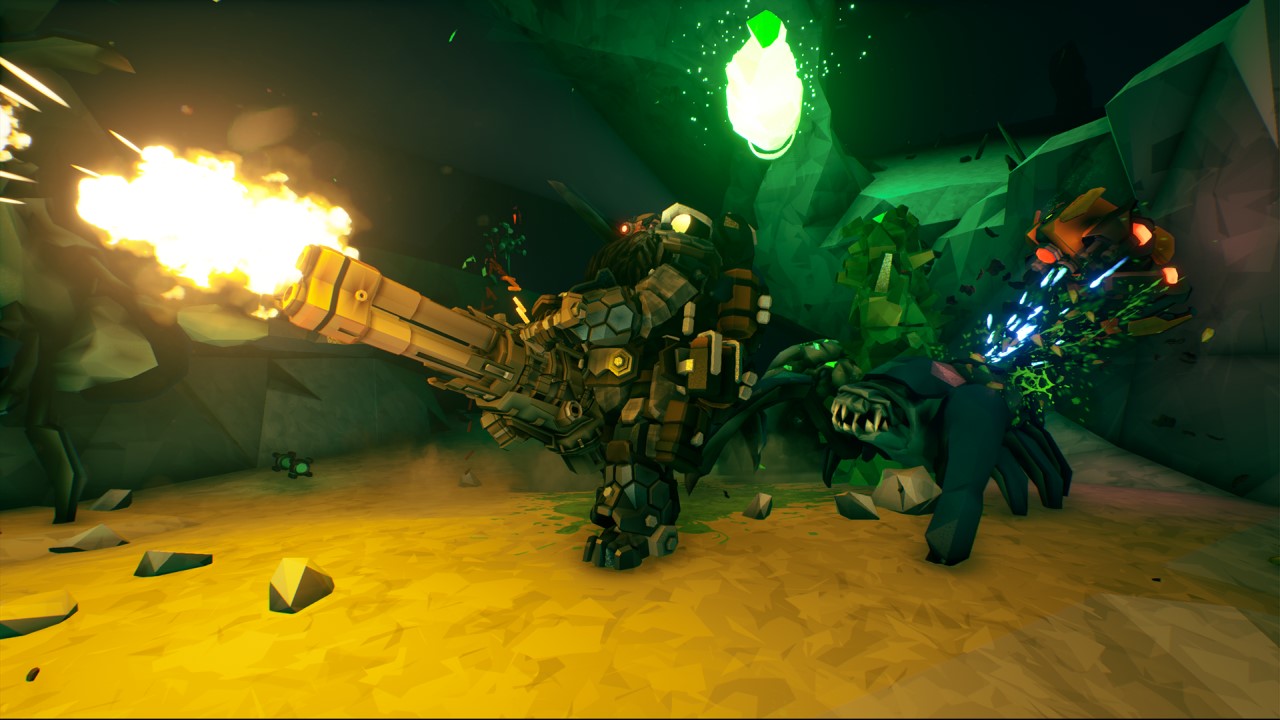
The Scout has a infinite use grapple gun on a short recharge that allows them to zip up and across massive chasms, or to hard to reach minerals. The Gunner can deploy grapples the team can use to cross gaps or to safely shimmy down perilous drops. The Driller has, you guessed it, giant drills for burrowing into the earth that can create helpful shortcuts or ramps. The Engineer has a platform gun that can be used to reach hard to access minerals, or to cover dangerous pits in the underground. All of these tools provide each class a unique role within the group that, when factored against the other parts of their kit, makes each play differently in a noticeable and appreciable fashion.
Thus why BOSCO is so damn handy as a solo player: Ghost Ship Games didn’t merely craft him up as a way to assist players with the alien glyphid swarms that like to harass them as they mine; he fills in and compensates for the lack of additional traversal options other classes bring to the table by being able to float up and mine minerals you can’t reach. While some classes are better suited for solo play than others (namely the Scout and Engineer), BOSCO keeps the solo experience balanced enough to ensure this coop shooter remains a fantastic experience when you don’t feel like playing it as intended.
Though, when you do play with a group the game is easily one of the best cooperative experience on the market. As I’ve already said, each class brings something unique to the table. The Driller’s flamethrower is wonderful for clearing large groups of smaller enemies, and the Gunner’s energy shield can save a group in a tight spot. Having a full compliment of players brings out what makes Deep Rock Galactic truly outstanding: moments of quiet mining often pocked with fraught fights for survival where every player matters.
While there are five game modes at launch, the majority task your team with harvesting a set number of primary and secondary minerals before calling in a drop pod to escape. As you go about your business exploring the wonderfully varied caves and caverns for your quarry you’ll be assaulted by glyphid swarms of varying sizes. The insect bastards like to pester you throughout a mission, but when mission command rings you up and declares a swarm is incoming your team needs to buckle down and brace for the worst.
This is where the Left 4 Dead comparison comes into play: a veritable host of the buggers will crawl quite literally out of the walls to murder you, and it’s on your team to work together if you wish to survive. There are five total difficulty modes that dictate how frequent and how large these swarms are, but even the Hazard 1 hordes are not to be laughed at. The glyphid threat in Deep Rock Galactic is a menagerie of creepy-crawlies, and much like Left 4 Dead’s zombies there are some more powerful than others.
Thus the core loop comes into stark focus: you dive deep into an underground cavern littered with monsters that want to kill you while in pursuit of riches. You and your team use the tools at your disposal to not only navigate the dark recesses and to mine what you need, but to overcome all the nasties eager to feast on your flesh. It’s a simple loop on paper, but it’s so well-executed that even after eight hours of continuous play you’ll want to jump back in the drop pod for another round. It’s a giant, plump carrot on a sturdy stick, and is enough motivation to keep playing even without all the other progression loops baked in.
So much so that Ghost Ship Games were able to spend their time in Early Access adding to and rounding out Deep Rock Galactic, instead of spending years overhauling the heart of the game until something stuck. This sheer devotion to a singular vision shows in how confidently structured everything is. This is a game that knew what it wanted to be from birth, so rather than wallow in Early Access Hell looking for its identity Deep Rock Galactic has instead blossomed. It was an uncut gem that has since been shaped and polished to near perfection.

For greater profits (and for Karl)
If the core loop alone is enticing enough to motivate continual plunges into the depths of Hoxxes IV, then the progression loops on the side are decadent treats. All that mining has to be adding up to something, right? Much like other games in existence, completing missions will earn you experience and money. Experience increases the level of the class you are playing as and eventually your personal rank, and both unlock additional weapon and equipment mods, cosmetics, and tougher assignments. Money is used to purchase said upgrades, and to unlock endgame matrix cores that either boost weapon performance or provide a sweet, sweet cosmetic upgrade (who doesn’t want a viking beard with jade ornaments for their Dwarf?).
Like the core loop these progression systems are simple in execution, yet surprisingly well-developed. Each class starts with a set appearance, but over time you’ll unlock a variety of different and compelling cosmetic options that’ll allow you to craft the Dwarf of your dreams. The weapon and equipment mods affect your playstyle and provide a sense of improvement when unlocked, and the additional weapons you earn via the level-gated assignments offer up a different, yet equally compelling alternative tool for dispatching the glyphid threat. There’s always a “just one more round” impulse itching at the back of your head as you play Deep Rock Galactic – always some new toy to chase – that keeps you coming back again and again. This feeling is established out of the gate, well before you promote your first Dwarf and enter the endgame.
Once you level a class to 25 you’ll be given an assignment to promote them, which will reset their level to 1 (but you’ll keep all your unlocks and goodies, unlike other “Prestige” options). So, what’s the point then? To unlock the endgame modes of course! Deep Rock Galactic’s endgame is also rather simple in execution, but compelling enough to devote hundreds of hours to. First, you’ll gain access to Deep Dives: these don’t come with a lobby because they have to be started from the beginning (no late-joining these). These complex missions marry a couple game modes together and ramp up the difficulty, but come with some of the best rewards in the game, specifically matrix cores.
Additionally, you’ll gain access to a new assignment to unlock the weekly Core Hunt assignment, which rewards – you guessed it – more matrix cores upon completion of each stage. Matrix cores are the wheel upon which the endgame turns, and are used in the Forge to make Weapon Overclocks and the more glamorous cosmetics. They’ll either come completed or blank, and if you want to make use of a blank core you’ll need to dive into regular missions and find a core event to format them.
Oh, did I not mention Deep Rock Galactic has random events? These little asides keep missions from becoming overly repetitive, and can reward either cosmetics (such as skins for your weapons, or parts to customize your pickaxe with), or will activate a terminal that’ll allow you to turn your blank cores into fully formatted cores. These events provide extra experience at the end of a mission, so even Greenbeards benefit from completing them. They also provide a reason for seasoned miners to continue dropping into the various missions scattered about Hoxxes IV’s eight biomes (nine if you count the tutorial mission).
It is perhaps the simplicity of Deep Rock Galactic’s various reward loops that make it such a standout title. Each is easy enough to understand and pursue, yet robust enough to promote continued play. The basic loop of “mine, survive, extract” is solid, and weary repetition is kept at bay by the healthy variety of modes, biomes, and difficulty modifiers that can roll every thirty minutes. You could play Egg Hunt in the Fungus Bogs with a max complexity cavern one minute, then find the biome has rolled a minimum complexity Point Extraction without oxygen upon return. The game is constantly shifting, and when paired with the smart procedural generation and random events these systems all slot together to ensure each dive feels different from the last.
Layer in the four diverse classes, various rewards, and eventual core hunt and you’ll find yourself jumping into dive, after dive, after dive. Even after burnout starts to set in, these loops and permutations are enough to motivate you to return after the shortest of breaks. Between the engaging progression and excellent gameplay Deep Rock Galactic is a damn hard game to put down.
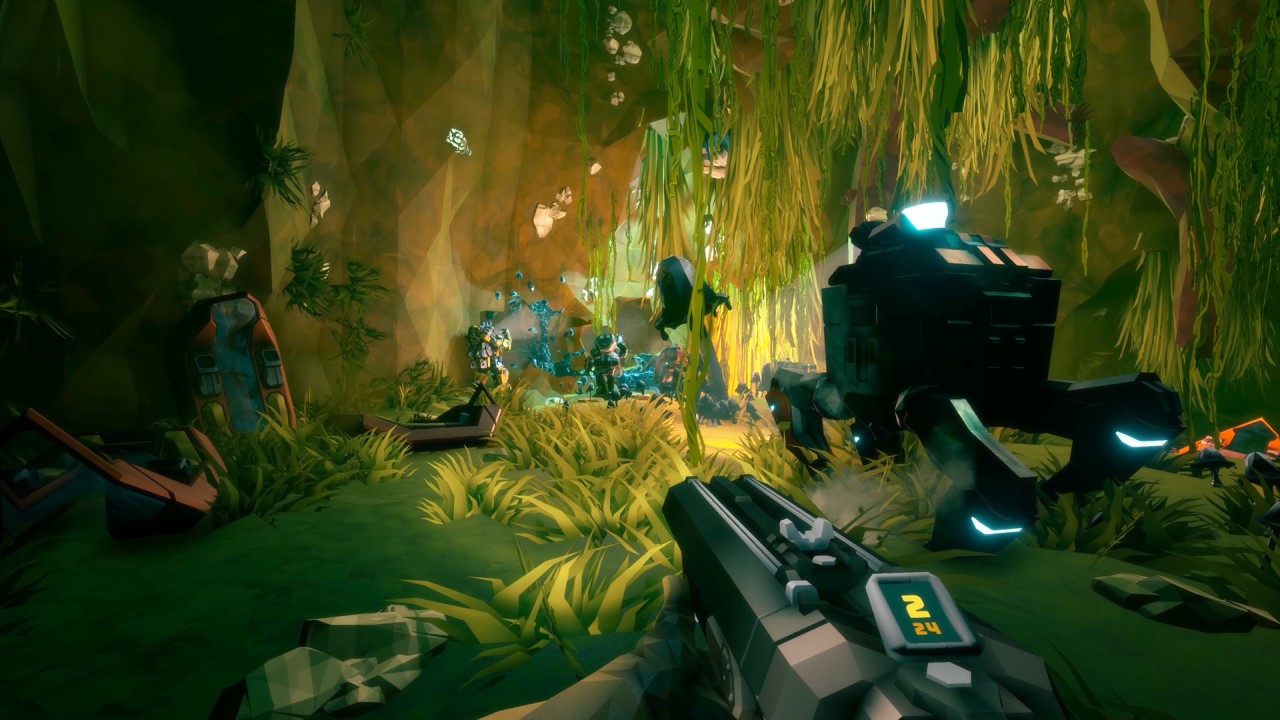
Polished like an artisan’s gem
All these words, and I’ve yet to touch on the technical side of Deep Rock Galactic. That’s largely to do with how well Ghost Ship Games has aced the sound, graphics, and performance: they all slip out of sight, never giving you a reason to nitpick them.
Unless you’re the sort of person who thinks anything less than the recent Unreal Engine 5 tech-demo is garbage, Deep Rock Galactic is sure to impress. It doesn’t exactly swing for the fences graphically, but much like the gameplay the graphics in Deep Rock Galactic prioritize refined simplicity over obtuse complexity.
There are no true round surfaces in Deep Rock Galactic. Everything looks like it has been chiseled and shaped from stone – straight lines and hard edges dominate everything – whether they be guns, enemies, environments, or Dwarves. This choice in style gives Deep Rock Galactic a flavor all its own, one that matches up perfectly with the theme and feel of the game. The textures are as sharp as the edges: everything pops with a clean, colorful aesthetic that oozes personality. From the Abyss Bar in the hub, to the many biomes on-hand, everything in Deep Rock Galactic has a clear look and identity that matches with the overall tone of the game.
Lighting in Deep Rock Galactic is used to superb effect; considering the game largely takes place in dark underground pits this is a relief. The game features a full dynamic lighting system that is used to great effect within the caverns of Hoxxes IV. Flares cast deep shadows with their faint glow as the blips of blue light from the M.U.L.E. wink in the dark. Overcoming the darkness is a crucial part of Deep Rock Galactic’s exploration, and the engine does an excellent job rendering each ray and pulse of light in such a believable way that you truly believe you’re miles down below the surface of this alien planet.
Despite Deep Rock Galactic’s more stylized appearance, light reflects and refracts believably off of surfaces. Rays accurately bloom and bounce off of polished metal, yet are absorbed by cloth and hair. It’s a realistic lighting-model layered atop a punctuated and unique art design that allows Deep Rock Galactic to look truly modern without breaking the bank with other fancier bells and whistles.
Performance is admirable, all said. While the basic graphical suite may not be the most taxing, the top-tier lighting and shadows could have easily cratered frame-rates. Early on, they kinda did – Deep Rock Galactic certainly had performance problems in Early Access. But, now that the full release is behind us, the game runs like a dream. My 1080 Ti easily churns out frame-rates exceeding 200 FPS at 1440p with all settings maxed out, and the game runs at a stable 60 FPS on both the base Xbox One and Xbox One X (which runs the game at 1800p).
The performance is yet another clear example of how well Ghost Ship Games managed their priorities: keep things simple where you can and polish the ever-loving crap out of everything else. Deep Rock Galactic is also bereft of bugs and issues, something not every fully launched Early Access title can claim. Further goes to show how having a solid core concept out of the gate allowed the developers more time to refine their game, instead of retrofitting it time and time again before being forced to launch to keep the lights on.
Sound design is equally fantastic. The score is utterly sublime, with it’s synth-heavy mix of rock and orchestration, and it’s become a staple within my Spotify rotation. It’s like a cross between an 80s rock band and horror movie, subtly sliding between Metallica and Aliens as required (and the more ambient tracks remind me of Sunless Sea’s stellar score in all the right ways). Sound design is also impressive, with each weapon having the right amount report and feedback to feel punchy. From the tink of a flare hitting rock to the crunch of sandstone caving under your pickaxe, the audio suite is varied and well-implemented. Spatial audio is largely well-executed too, though differences in elevation could sometimes be hard to distinguish.
The UI is damn sleek to boot, and can be tailored to your whims. There is even a handy “Disable HUD” key that is automatically mapped on PC if you want to go in without it, yet don’t want to fuss with the options. Speaking of options: there are a healthy amount available to tweak and turn, though the graphics settings are a touch limited compared to other titles. Nothing bunched together in a non-sensible manner, but you won’t have twenty different dials to turn here. You’ll be more than able to fine-tune the game for your specific PC, however, without sacrificing a gaggle of options with a single toggle.
Deep Rock Galactic is an excellent looking game that runs silky smooth, featuring an excellent soundtrack and standout audio. No matter which platform you play it on you’ll have a great time, all without being bogged down by low-resolution textures that intrusively pop-in and out of existence, frame-drops, crap sound, or bugs. It may be the most rock-solid launch I’ve seen from an Early Access title in the last couple of years.
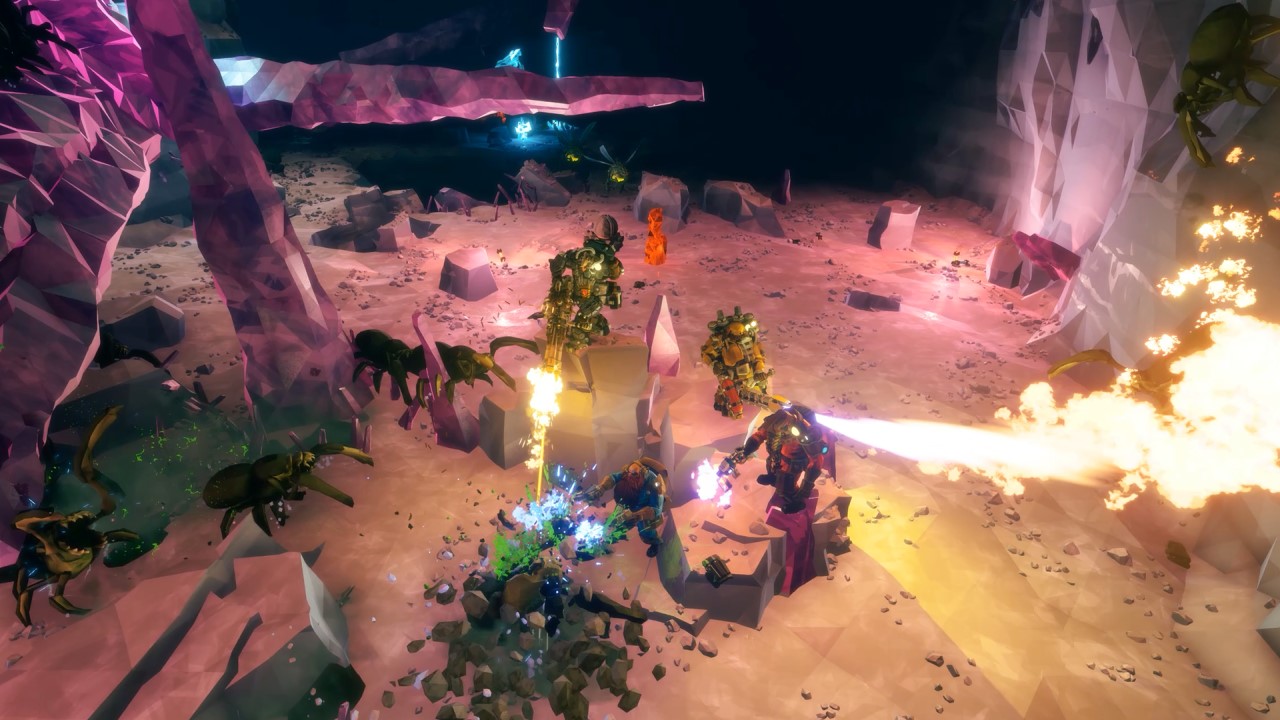
The Verdict
As a final aside, the game doesn’t feature any micro-transactions, outside of a couple of optional skins bundles. There’s a wealth of free cosmetics in the game, and these bundles are well priced for what they are. Ghost Ship Games plans to add more content and cosmetics to Deep Rock Galactic for free, and will use these and future bundles to support further development. All said, it’s a fair deal and in no way what I’d call offensive or manipulative. There’s plenty to chip away at in Deep Rock Galactic, so a handful of paid skins are fine by me.
In keeping their vision simple, Ghost Ship Games have created a confident title with enough hooks in it to keep players coming back to Hoxxes IV for years to come. If I have any major complaint to levy at Deep Rock Galactic it would be the game can sometimes veer into repetitiveness, but with the recent roadmap revealing additional game modes and biomes are on the way that gripe will soon be quashed like a belligerent glyphid grunt. But, even that issue hasn’t stopped every drop from being tense and exciting, and despite having a lowly fifty-hours in the game I can’t wait to return to Hoxxes IV. Whether it is to level a new class, earn some matrix cores, or to just enjoy the game with no greater goal at all I look forward to adding more hours to the final count.
Deep Rock Galactic is proof enough that keeping focus and executing on a single idea can lead to excellence. Ghost Ship Games debut title is cooperative bliss, and a must-play for all fans of the genre. For Rock and Stone!


